Natural health works differently to medical health. This is something it is important to get your head around when trying to heal naturally. These two systems work from two different healing paradigms and each one has its place. I am not against people using medicine at all. In fact, I encourage my clients to make use of what is helpful in medicine – and there is a lot. Optimally, however, we want our bodies to take care of themselves, and that is where understanding how natural health works is vital. Because HOW we get well is a whole different way of thinking.
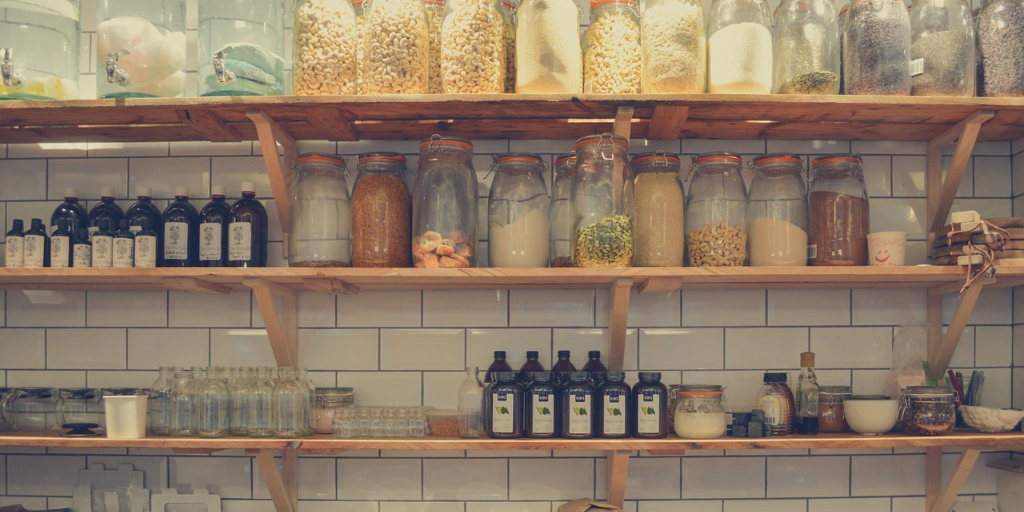
On the surface, natural health approaches may look like, “follow this tip and take this supplement”. This gives the impression that the advice and the supplement are doing the healing. This is actually not the case. Other things must be understood by someone in the health process; these understandings must be brought into play in order to bring about consistent health.
This post is about the way we move from ill-health to health. It is the ‘how’ in how we get well. Hopefully one or more of these points will tip you over the brink and into the understanding of what it will take for you to begin your own health journey – or to stay on the one you have already begun.
Your self-healing body
When you believe healing is just a matter of doing X, Y and Z and taking this vitamin, it had better improve fast or it’s easy to give up. But when you understand the body has the intrinsic power to heal itself, written into each cell and system, this knowledge gives you the patience to work with it and help it do its job.
This principle of health is my ‘bread & butter’ – the foundation of all I do. I don’t believe the body is a poorly put-together conglomeration of random cells. Rather, it is an intelligently designed system that can actually fix itself. With the right inputs, and by removing things blocking its self-healing abilities, the body is naturally skewed towards healing.
This is the belief that underpins all of the natural therapies, including physical therapies such as physiotherapy, chiropractic and massage.

How self-healing helps
Does this sound nonsensical, even mystical? It is actually quite reasonable. We know that when we cut ourselves with a knife, a number of processes act to stem the bleeding. We take that for granted. This is proof of the body’s ability to heal itself. We can hasten the healing with a band-aid or stitches. This sets the body up better for its healing job, but the body must still perform its own work.
It’s the same with nutrition. We supply the body with missing vitamins or minerals in foods or supplementation; then the body gets to work with those raw materials, doing what it was designed to do – fixing, cleaning, replenishing. This is, in a nutshell, how we get well.
Understanding the incredible design and healing power of our bodies will hopefully make us treat them better. It should also help us be more patient with it. It takes time to fix up damaged, run-down systems that have struggled on for years or even decades.
Healing of the Whole Person
Food science is one of the most prolifically growing areas of study in the scientific world today. As more and more study is put into various food components and the foods themselves, it is easy to gravitate towards what we call a ‘reductionist’ view of health. This means that when we know which components of different foods affect which biochemical pathways – I can simply treat with those foods.
For example, we know that one of the many plant chemicals in soy foods, isoflavones, can help maintain bone health in post-menopausal women, if used in a particular quantity. Therefore, it stands to reason that if I ask my client to drink three cups of soy milk a day and eat tofu every second day, they may avoid osteoporosis.
This is actually identical to the way that medicine works, except that targeted, concentrated drugs are used instead of foods rich in various plant-chemicals.
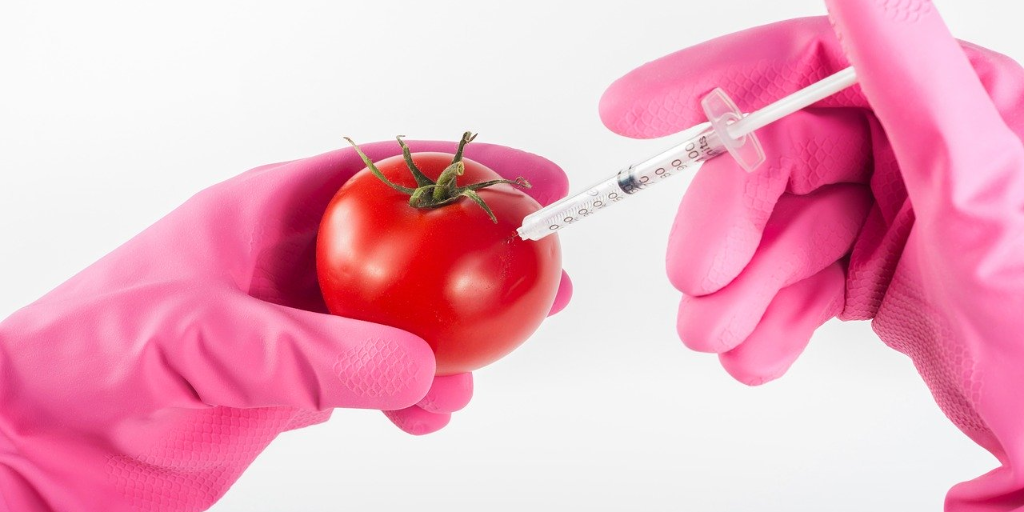
The problem with ‘reductionism’
The problem with this is that people have different genetic makeups, have sustained different degrees of damage to their microbiome (gut bacteria), liver and kidneys and have different mental states. These varying scenarios are dependent on the health of their parents, their care during infancy, surgeries and accidents, previous drug use (both pharmaceutical and recreational including smoking), as well as their diet and exercise regime. People are complex systems and modern health care is increasingly aware that effective treatments take this into account.
<This study> is about the emerging field of ‘pharmacomicrobiomics’ that investigates the relationship between different people’s microbiomes and how they will, as a result, respond to drugs in terms of absorption, distribution, metabolism and excretion. This field is set to bring about major advances in personalised medicine. Medicine is now moving into a field that natural health practices have followed since their inception.
This understanding has long been part of the natural health world. The wider picture that health is a matter of the harmonious functioning of ALL aspects of a person’s life is the opposite of the reductionist view. This view has been termed, ‘holism’ or even, ‘wholism’. This paradigm sees health and disease as multi-factorial, requiring a personalised approach.
You can get a poster showing the seven parts of health needed to build a healthy body – at the pop up form on this page. Refresh the page if it has disappeared.
First, Do No Harm
I’ve heard of many a practitioner offering different diets to their clients, giving the impression that all diets are equal. All diets are NOT equal, however, when we look at what they do to our bodies. Take a look at <this research> to see how damaging one type of diet can be.
Nevertheless, most health professionals adhere, at least by in word, to this adage, to “do no harm”.
To do no harm requires both integrity and boldness. Integrity – in order to be willing to admit you were wrong and may need to adjust your ideas of the best way to treat. Boldness, in order to explain the treatment plan to the client which may not be what they originally thought they wanted to do – to be willing to explain why what they are doing or wanting to do causes harm and to lay out a new direction.
Self-treating usually means Googling or reading the latest fad book on health. Unfortunately, it is easy for practitioners to do the same thing. Following this treatment method generally means having no plumbline to measure things. This can get you into trouble. This is the opposite of ‘doing no harm’. In order to do no harm, I won’t offer harmful diets – even if you want them! And if you want them – I will warn you clearly.
‘Doing no harm’ is not just a pretty saying – it takes learning, keeping on learning, a willingness to adjust your ideas, and courage to tell the truth.
Treating the Cause
The difference between what a nutritionist does and what usually happens when you see a doctor comes down to this: a doctor looks at your symptoms, diagnoses the disease and prescribes a drug or surgery to take care of the symptoms. You think you are well. For a while. If it was a short term (acute) illness, your own immune system may have fixed you while the symptoms were masked, and you actually ARE better now. If it was a chronic (ongoing) disease), watch out!
A nutritionist, on the other hand, looks at the symptoms, but then tries to discover by detailed questioning and looking at various tests what got YOU in this state in the first place. We are looking for what went wrong first, what got damaged first, because unless that is fixed, we are only controlling symptoms. When we identify and treat the cause, slowly the symptoms go away.

The weakness of this approach is that people tend to have remarkably short memories. Patients are so notorious at forgetting what they ate even yesterday that dietary recalls are considered poor measures of food intake. But it’s the best we have to start off with, so what we must use.
But strangely, people also forget the year they spent off school with glandular fever, the long term antibiotic use for acne as a teen, and even major surgeries – only to be recalled three visits later. Usually other events will have helped the cause to be identified correctly – but sometimes not! Working in natural therapy sometimes feels like being a spy doing espionage. And that is because to get long term, drug-free, success – we treat the cause. That’s how we get well.
Doctor is teacher
The Latin word for Doctor is ‘docere’ which means, to teach or ‘teacher’.
When I have gone to my doctor in the last year – which has been largely for first aid from my various accidents – falling upstairs, slipping on ice and falling off a scooter – I have taken great pleasure in him taking the time to show me Google images of what’s wrong with me in terms of muscles and bones. My medical doctor is also a surgeon, so he’s interested in this. He has a willing listener in me. I find physiotherapists, chiropractors and exercise physiologists also like to explain to their patients what they are trying to achieve with their treatments, using detailed sculptures of knees and the like.
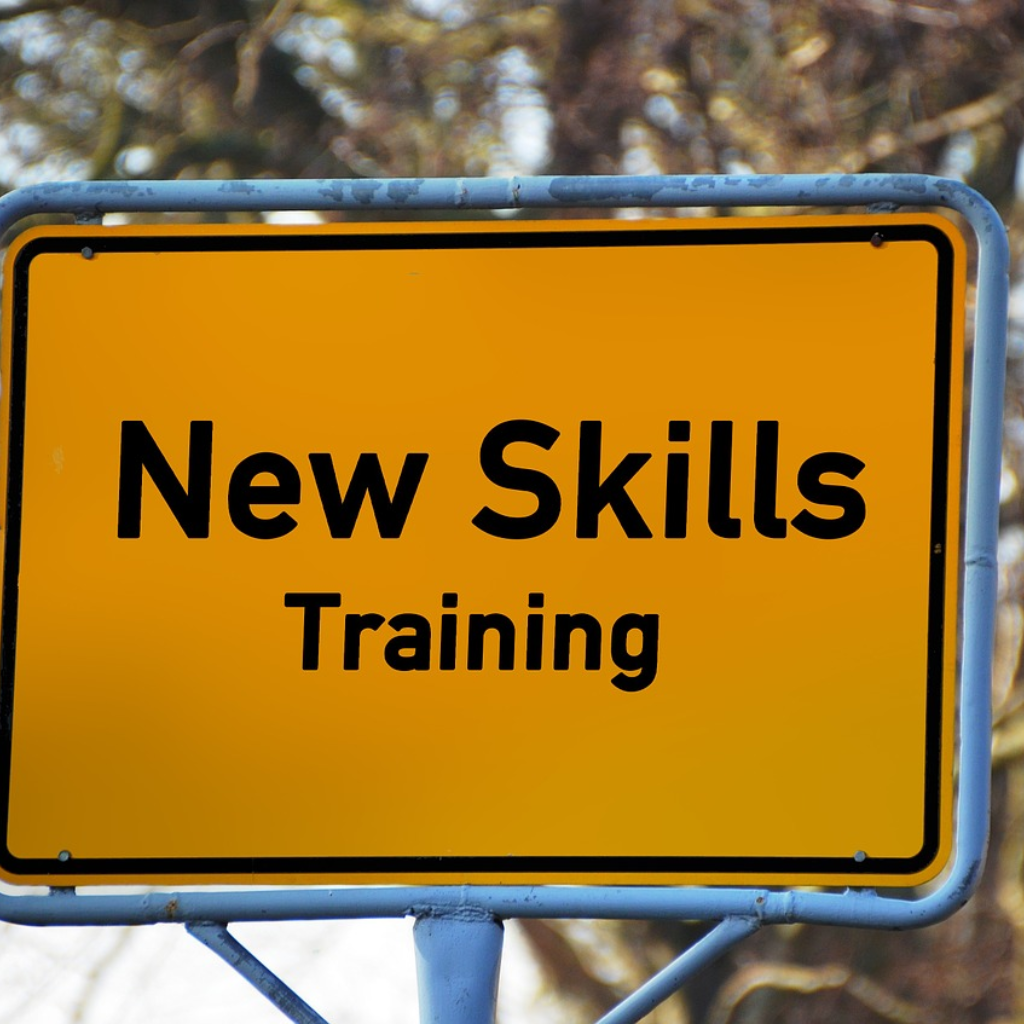
When I learn what is happening in my body and how the treatment is supposed to work, it helps me take ownership of that treatment. I get on board and feel more motivated to persist with it.
Part of my work also involves educating my clients about how their bodies function. Then I can explain which type of behaviours (eg. particular diet patterns or lifestyle) support its good functioning.
Another part is teaching “self-responsibility”. I work to ensure the client does not depend upon ME, but does all their own work, and I support and guide their efforts. I want to work myself out of the picture. And I want to make them the expert on their own body. The ‘doctor’ taking the time to teach is a vital part of how we get well long term.
Prevention before Cure
It’s always cheaper and easier to prevent disease rather than to cure it. I love seeing would-be mothers wanting to get healthy before conception, or talking about how to give their babies a good start in life. Or middle-aged people wanting to ensure they are in the lowest risk categories for chronic diseases in the future, or planning to avoid osteoporosis.
Unfortunately, this is not the norm. Usually, the pain or inconvenience of illness has to become so great that a person decides they are ready for change. Because the KEY to getting truly well is CHANGE.
Until a person is willing to admit that their current way of life has either caused their state of health or is keeping them from improving it, AND is willing to turn away from their current way of life in sometimes significant ways, they are only dabbling in health and unlikely to get well. Of course, some will have to do more than others, but this is still a truth not universally acknowledged in the world of health.
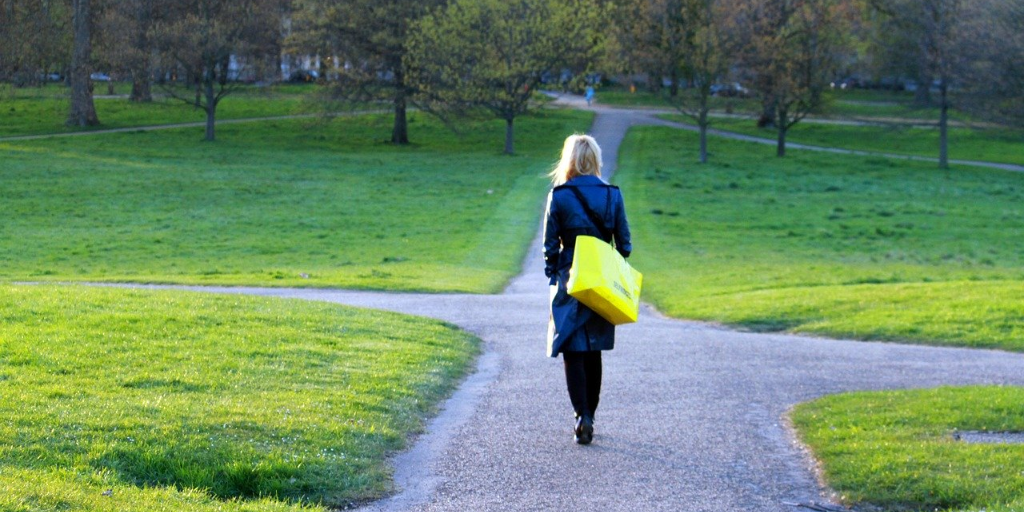
This is the real problem with the goal of prevention. Most people wishing for ‘prevention’ only want to dabble with health – and this will cause nothing in the long run.
I see my clients for longer and usually more frequently than a doctor would. This puts me in a position to help prevent disease in three ways. First, I encourage healthy living overall, secondly, I detect sub-clinical disease, and either lower the risk of its development myself or refer them back to their GP as needed. Thirdly, I work to reduce the negative effects of disease treatments.
Summary
Above are the basic principles upon which natural healing rests. As you can see, I am an evangelist for these. I’m a true believer in every way.
And I know if you, the reader, become a true believer also, you will discover in your own experience how we get well. I hope it will be your story also.
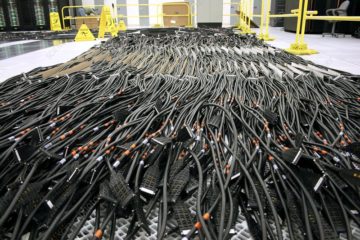
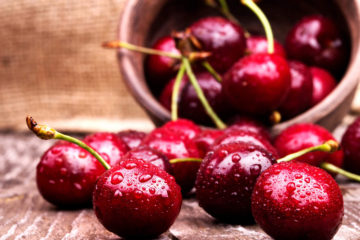
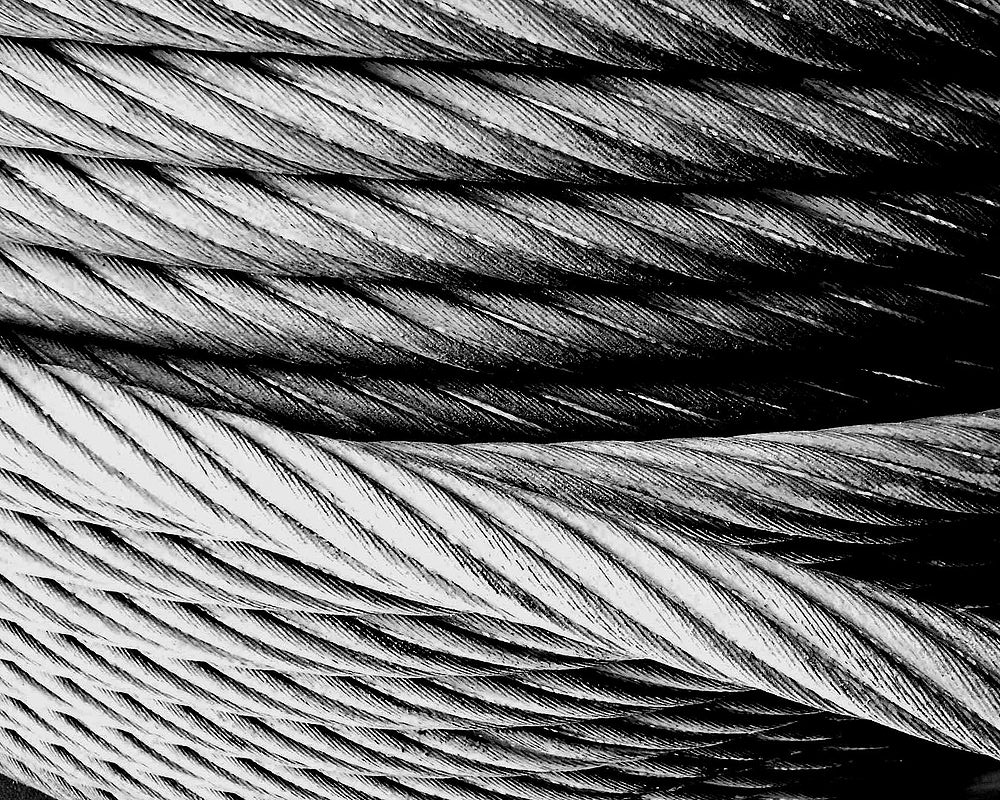
0 Comments